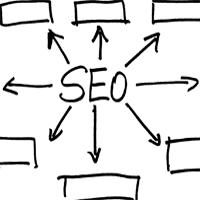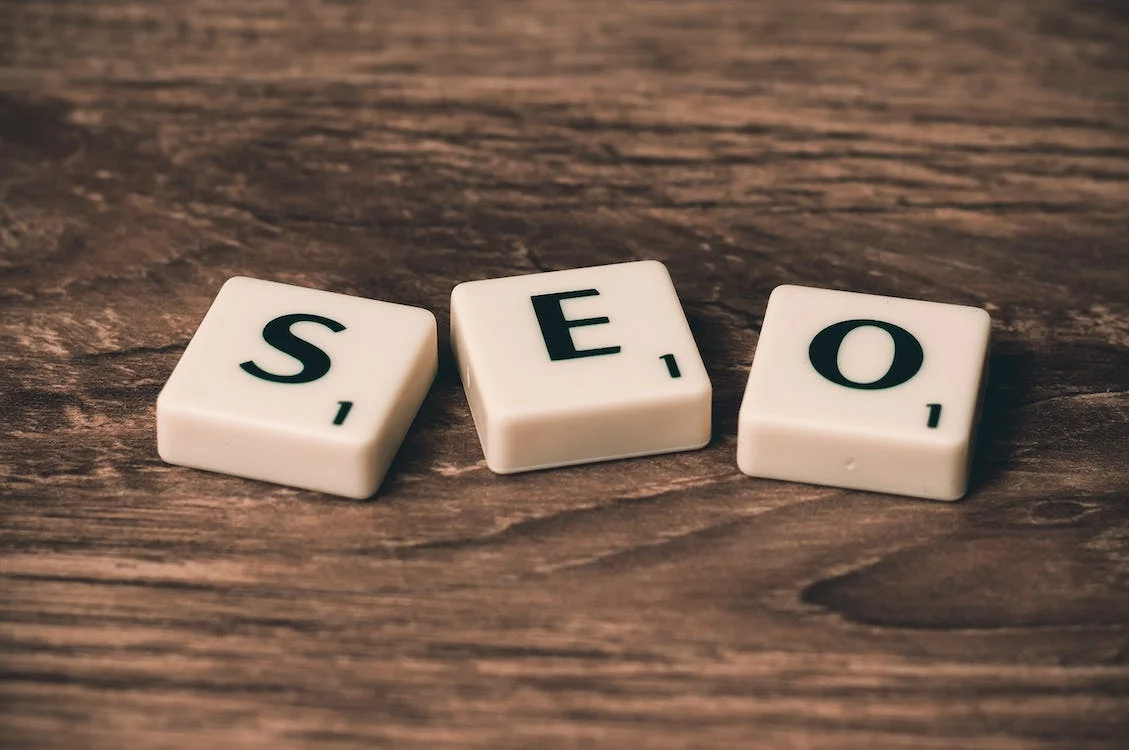6 SEO Game Changers to Know

Important Developments in the History of Search and Where It's Headed
When I started working in SEO, the Web was the Wild West of marketing. Twelve years ago, the most popular search engine was AltaVista, and most optimization work was made up of on-page factors. Paid search was ridiculously inexpensive, and websites had the power to dominate pages of organic search using fairly straightforward techniques. A page manager could watch his site ranking increase in less than an hour after making changes to a page - even for competitive key phrases. Looking back, it was a simpler time for Internet marketers.
The world of SEO has evolved over the years, awarding success to those who adapted - and failure to those who didn't. Here is a brief history of the important changes in search, as well as an overview of what the future holds for SEO.
6 Important Changes in SEO
From sweeping Internet upheavals that threw the entire marketing industry for a loop (like the advent of social media) to more SEO-specific developments, like the introduction of instant search, the past two decades have dramatically transformed the world of Internet marketing. Here are six of the biggest changes to SEO:
1. Inbound linking:
The dominance, and later refinement, of inbound links created an entire cottage industry of link-building brokers and service providers as businesses scrambled to capitalize on this new element of search. It simultaneously made SEO more complex and ensured spam tactics were less effective.
2. Personalization of search:
This evolution in SEO eliminated the use of search engine rankings - what had been SEO's flagship for measuring success. Without credible search engine rankings, traditional rank-checking methods were rendered futile, and identifying competitors became nearly impossible. The personalization of search also forced website owners to refine their content so that it was relevant semantically and would hold the interests of searchers.
3. Social media:
The influence of social media not only opened a new channel for marketing, but it also had a growing impact on organic results, which is still crucial to SEO today. This new aspect of marketing forced businesses to focus on user engagement and their online reputation - and to also offer a new wealth of information about consumers to marketers.
4. Search queries:
The introduction of instant search and auto suggest caused big changes in a search query's behavior. Consequently, these new features then caused marketers to alter the process of deciding which queries to target, and in effect, changed the remainder of the SEO process. SEO specialists now think in terms of families of search queries, rather than isolated key phrases.
5. Crawlers:
Crawlers used to be slow in frequency and limited in what forms of content they could extract. Search result pages would experience huge fluctuations each month, giving rise to monikers like the "Google Dance." Now, crawlers have improved in frequency, as well as in the type and amount of content they can extract - even getting data from Flash presentations.
6. Tags:
Tags, especially meta tags, have decreased in importance as search engines are now better at gathering signals from a website's copy and a hyperlink's structure between sites. Still, they're not completely useless. Meta tags are now used to help with URL canonicalization problems, enhance search result listings, and improve click-through rates.
What's to Come for Search
As the Internet continues to become more personalized, the ever-growing integration of technology with human biology and interaction will only continue to progress. It might sound a little abstract, but this sophistication in technology will make it possible to leverage natural forms of human communication, such as speech, gestures, facial expressions, visual focus, and emotions.
Searches triggered by speech are already on the rise. What if a user's vocal tone was an added consideration to search? If search results became partially based on a speaker's tone, marketers would need to "optimize" for yet another user-specific component of search. Or imagine a search query being triggered by facial expressions - marketers would then need to optimize for the facial component of a search as well.
How to Prepare for These Changes
There are companies that have gone out of business due to their failure to adapt. Back in 2003, during the Florida update - and more recently, during the Panda and Penguin updates - companies lost as much as 90 percent of their traffic overnight. Don't let that happen to you.
So how do you prepare? For now, the better you can fine-tune your message and detail your knowledge of target audiences (psychographics, demographics, consumer motivations, social contexts, etc.), the more likely you will be able to leverage new modes of search when they do come.
More generally, marketers must make keeping up with developments in SEO a priority - whether that means attending industry conferences, like Pubcon and Digital Summit, or going to more focused venues for training. Reading information published by the search engines themselves, as well as industry publications like Search Engine Land, can also help marketers stay abreast of important changes.
Marketers must also focus on utilizing social media as originally as possible. Companies like Talking Moose Media are helping companies add a social media dimension to in-person events and meetings, boosting SEO and social media marketing efforts. It's like augmented reality for marketing and events.
Ultimately, the key to keeping pace with SEO is a willingness to embrace change as the Web continues to evolve. Think of it this way: These dramatic changes to Google or other components of SEO that intimidate marketers are there to make consumers' lives easier and businesses more profitable. They are, in reality, improvements to SEO - improvements that you can capitalize on if you're prepared for them.









